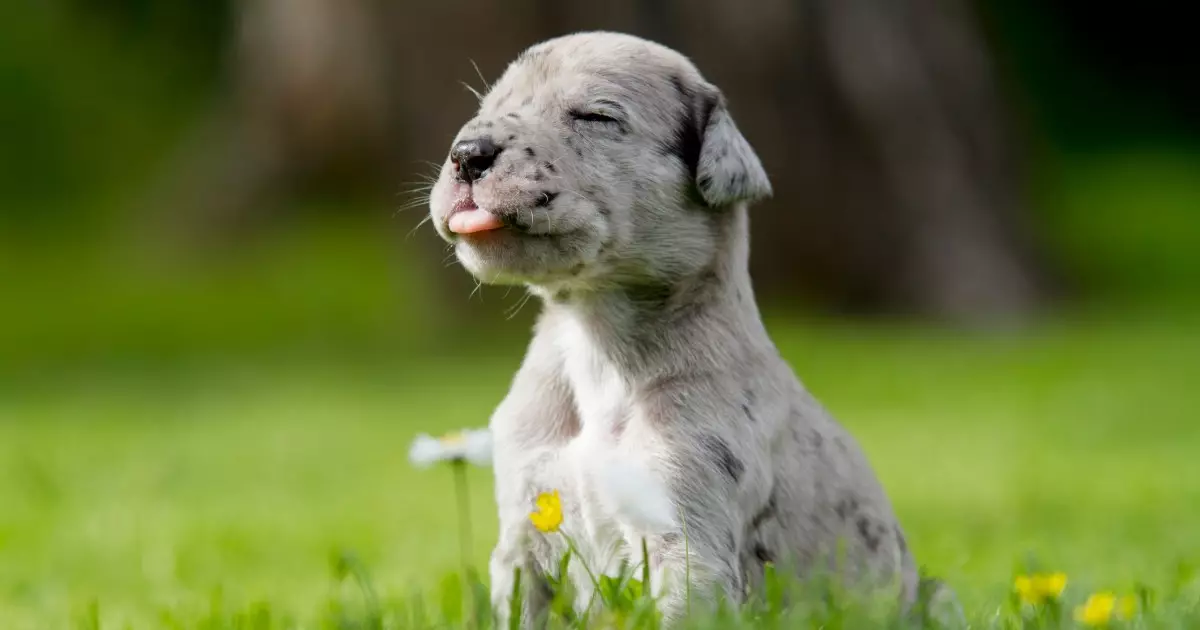Great Danes, often referred to as “gentle giants,” are a remarkable breed that captivates dog lovers worldwide with their imposing size and charming personalities. Known scientifically for their stature, these dogs have more to offer than just their majestic appearance. In this article, we will explore the origins, characteristics, care, and cultural significance of Great Danes, providing an insight into why they have become beloved companions for many families.
Originating from Germany, Great Danes were initially bred to serve as hunting dogs and guards for nobility. Their lineage traces back to the ancient mastiff-type breeds that were used for hunting wild boars and protecting livestock. Over time, their temperament evolved to become friendly and affectionate, shifting their role from fierce guardians to gentle companions. Despite their royal beginnings, these dogs have firmly established themselves as family pets, particularly cherished for their amiable nature.
Great Danes are undeniably one of the largest dog breeds, often towering over many household pets. A fully grown Dane can reach heights of up to 32 inches at the shoulder, making them a striking presence in any home. It is worth noting that their growth rate is both rapid and substantial; by the time they are just 18 to 24 months old, they usually attain their full size. Yet, despite their size, Great Danes possess a surprisingly gentle nature that defies their intimidating look, earning them the affectionate nickname “gentle giants.”
If you’re contemplating bringing a Great Dane puppy into your home, be aware that the financial implications go beyond the initial purchase. The price for a Great Dane puppy can range significantly, typically falling between $600 and $3,000. Factors influencing this cost include the breeder’s reputation, the geographical location, and the puppy’s lineage. Moreover, there can be a higher upfront cost for food and veterinary care due to their substantial size. Therefore, it is essential to budget accordingly for not just the acquisition but also the ongoing expenses related to their care.
Given their larger physical stature, Great Danes have correspondingly large appetites. When planning a diet for a Great Dane, it’s crucial to consider their nutritional needs at every growth stage. A diet rich in calcium and protein is vital to support their bone and muscle development, minimizing the risk of common health problems associated with large breeds, such as hip dysplasia. Therefore, monitoring their weight and calorie intake is essential, as they are prone to obesity if overfed. It’s crucial to choose high-quality dog food that caters to large breeds.
Training and socialization are important aspects of raising a Great Dane. Thanks to their generally gentle and patient demeanor, they can be excellent companions for children. However, their size and strength require owners to instill appropriate training from a young age. Pioneering socialization efforts during the puppy stages can help them grow into well-mannered adults who are comfortable around other pets and people. Positive reinforcement techniques work wonders with this breed, allowing them to thrive in a structured environment.
Great Danes are not just known in households but have also made a significant impact in popular culture. Characters like Scooby-Doo have brought them into the limelight, showcasing their loyalty and playful spirit. Scooby’s portrayal as a loving, albeit clumsy, companion emphasizes the breed’s playful side and highlights aspects of their personality that endear them to both children and adults alike. Such portrayals have cemented Great Danes as lovable figures not just in reality but also in our imagination.
Aside from being cherished family pets, Great Danes excel in various service roles, including as therapy dogs. Their inherent empathy and gentle disposition make them ideal for emotionally supporting individuals with special needs or trauma histories. Often referred to as “velcro dogs,” they have a knack for bonding closely with their humans, providing warmth and companionship that can bring comfort to those in distress.
The Great Dane is a breed that beautifully balances size with an affectionate temperament. Whether they’re providing emotional support, guarding your home, or simply being a playful puppy, these gentle giants leave a lasting impression on everyone they meet. If you’re considering adding a Great Dane to your family, remember the importance of early training, proper nutrition, and, most importantly, the joy that comes from sharing your life with such an extraordinary breed. Embrace the gentle giant and bask in the love they offer.

